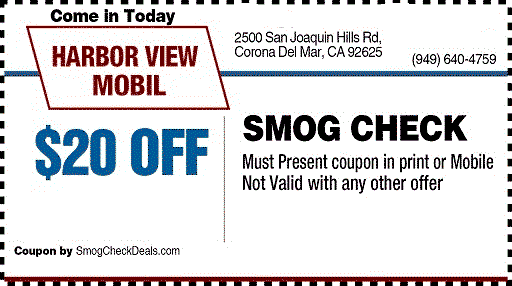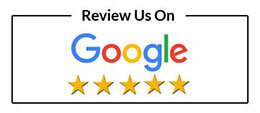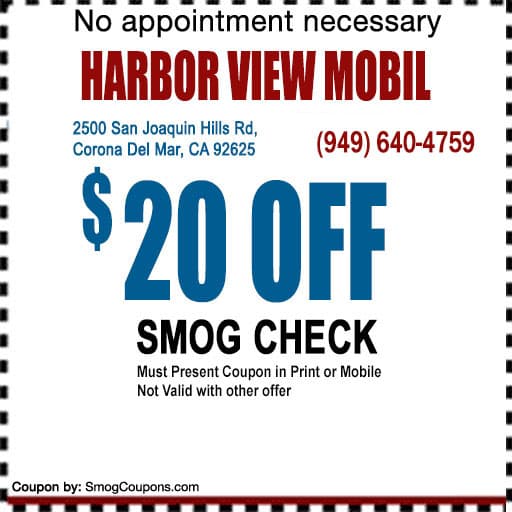-
What is the Consumer Assistance Program?
The Consumer Assistance Program (CAP) helps to improve California’s air quality by assisting qualified consumers in repairing or retiring their vehicles. The statutory authority for CAP is found in section 44062 of the Health and Safety Code and is implemented through regulations adopted by the Bureau of Automotive Repair (BAR). Vehicle owners who meet eligibility requirements are offered the following:
- Payment for the voluntary retirement of their vehicle ($1000 or $1500) at anytime for any reason
- Financial assistance of up to $500 for emissions-related repairs for vehicles which failed their required biennial (every other year) Smog Check inspection
Participation in CAP programs is limited to the availability of funds.
How do I qualify for CAP?
CAP offers consumers two options:
- Vehicle Retirement: Approved applicants can receive payment for the voluntary retirement of their vehicle at a CAP authorized dismantler. The consumer’s vehicle must pass both visual and operational inspections at the dismantler to be eligible to receive the payment. Income eligible applicants will receive $1500; all other approved applicants will receive $1000.
- Repair Assistance: Approved applicants are eligible to receive up to $500 towards emissions-related repairs to assist their vehicles to pass their required biennial (every other year) Smog Check inspection. Repairs must be performed at authorized Gold Shield stations. Gold Shield stations are facilities which are licensed by BAR to perform Smog Check repairs and have entered into an agreement with the State of California to perform CAP repairs.Repair Assistance applicants must meet income requirements to qualify to receive financial assistance towards emissions-related repairs. An Income Eligibility Table can be found on the CAP application. Consumers whose total household incomes do not exceed the maximum annual, or monthly gross household income, as shown in the table may be eligible. Approved applicants are required to make a co-payment in the amount of twenty dollars ($20) to be applied toward the diagnosis and repair of their vehicles.
How do I apply? You must first submit an application. Do not have any repairs done to your vehicle until you are notified that your application has been approved. If you applied for repair assistance, you will receive an approval letter and a list of participating Gold Shield stations. If you applied for vehicle retirement, you will receive an approval letter and a list of contracted dismantlers.
Where can I get an application?
You can obtain the CAP application (click to download the application) online or by calling the Department of Consumer Affairs Consumer Information Center at 800-952-5210.
- Getting A Smog Check
Not all vehicles must get a smog check. Additionally, some vehicles only need a passing smog check when they are being sold or being registered in California after previously being registered in another state. Whether or not a vehicle needs a smog check depends on the type of vehicle, the model-year, and the area in which the vehicle is registered.
Under California vehicle emissions control laws and regulations, you must get a smog check for your car in the following cases. Click the link that fits your case to move to the next step.
1) My Registration Renewal Notice says “Smog Certification Required”
Most vehicles registered in California are required to pass a smog check every two years. Your annual Registration Renewal Notice lets you know when you need to get a smog check.

When you sell a vehicle in California, the seller is responsible for getting a smog certificate prior to completing the sale.
3) I am bringing a car into California to be registered.
When you bring a vehicle into California to be registered, you are required to get a smog certificate prior to registration.
Some vehicles are not required to obtain a smog check inspection for registration purposes.
Vehicles that are six or less model-years old are abated from the biennial smog check inspection requirement. For vehicles with registration renewals due in the 2008 calendar year, the abated years include 2003 through 2008.
Vehicles that are four or less model-years old are abated from the smog check inspection requirement upon change of ownership and transfer of title transactions with the Department of Motor Vehicles. In 2008, the abated years are 2005 through 2008.
As of April 1, 2005, the 30 year rolling exemption was repealed. 1976 and newer vehicles are now required to have smog check inspections for biennial registration renewals, change of ownership transactions and initial registration in California.
Vehicles being initially registered in California that were previously registered in another state are exempt from the biennial smog check inspection requirements if the vehicle is a 1975 or older model. All 1976 to current year vehicles are required to obtain a smog check certificate of compliance prior to initial registration in California.
$20 OFF Smog Coupon Corona Del Mar | Harbor View Mobil
Smog Test & Gas Station 2500 San Joaquin Hills Rd Corona Del Mar, CA 92625 - Tel: (949) 640-4759
Smog Check Services
Contact us
2500 San Joaquin Hills Rd
Corona Del Mar, CA 92625
Call now: (949) 640-4759
Business Hours:
Mon – Fri : 8:00 – 5:00
Sat: 8:30 – 4:00
Sun: Closed
Find us on Google map →
Review us on Google+
Corona Del Mar, CA 92625
Call now: (949) 640-4759
Business Hours:
Mon – Fri : 8:00 – 5:00
Sat: 8:30 – 4:00
Sun: Closed
Find us on Google map →
Review us on Google+
Harbor View Mobil - Smog Test & Auto Repair (ASE Certified Technicians)
Lowest Price smog check in Corona Del Mar, CA 92625 can certify DMV smog check, smog test for all vehicles. Harbor View Mobil offers smog inspection, smog certification, smog testing, smog checks, California smog check and smog coupon.
2500 San Joaquin Hills Rd
Corona Del Mar, CA 92625 United States
Phone: (949) 640-4759Corona Del Mar, CA 92625 United States
https://www.harborviewmobil.com/
Budiness Hours:
Mon-Fri 8:00am - 5:00pm
Sat 8:30am - 4:00pm

Smog Check Coupon
$20




